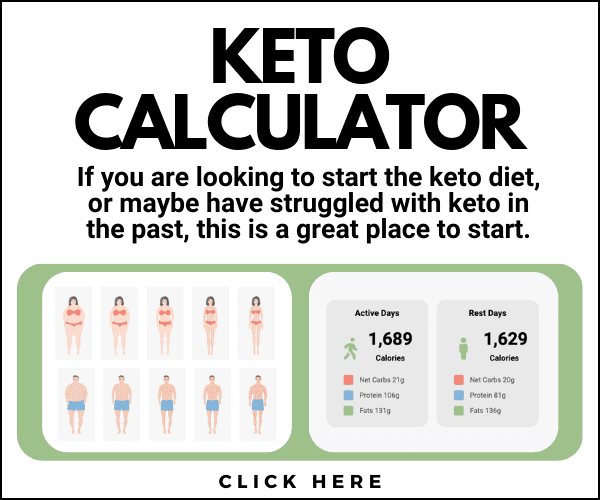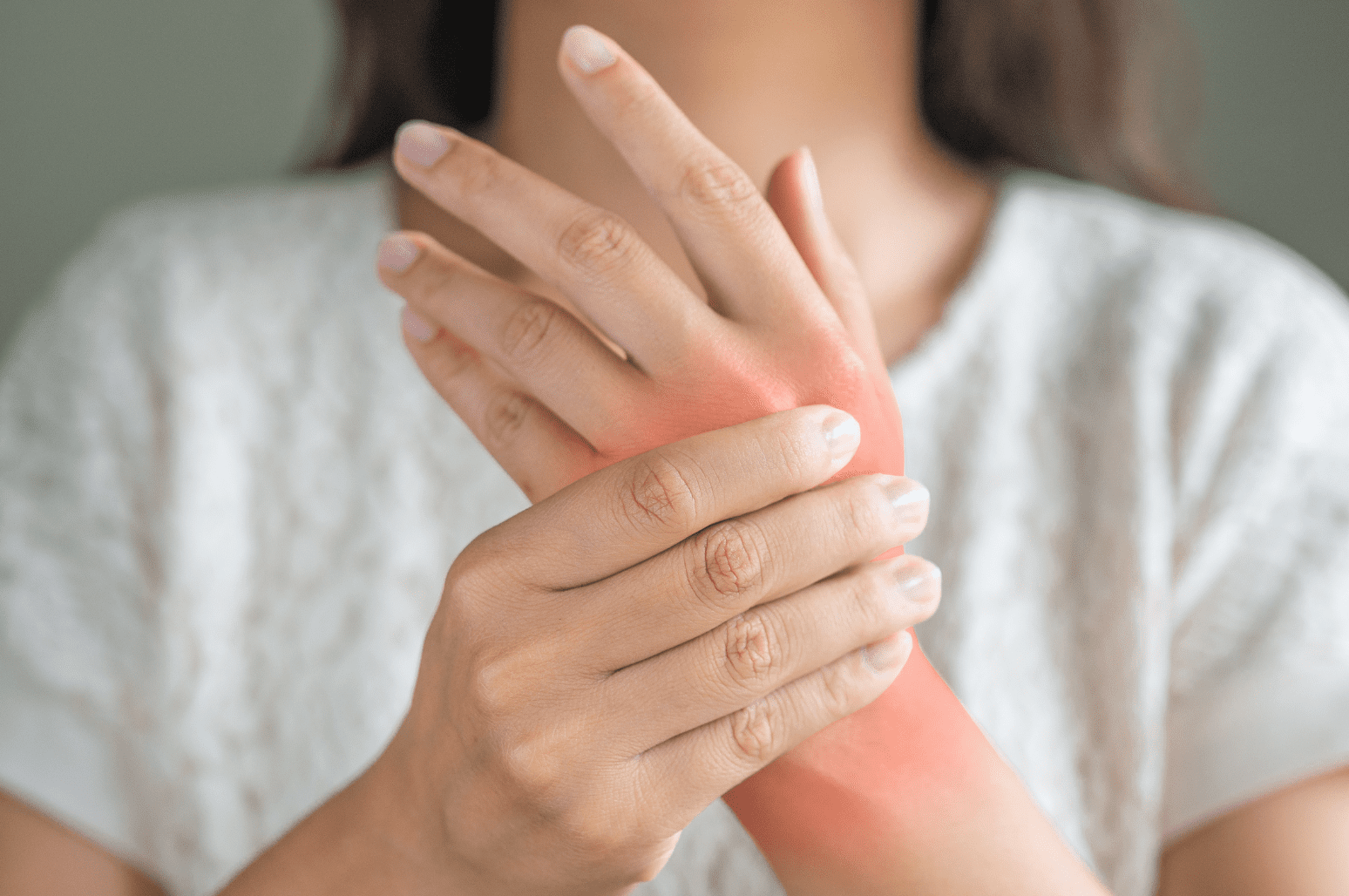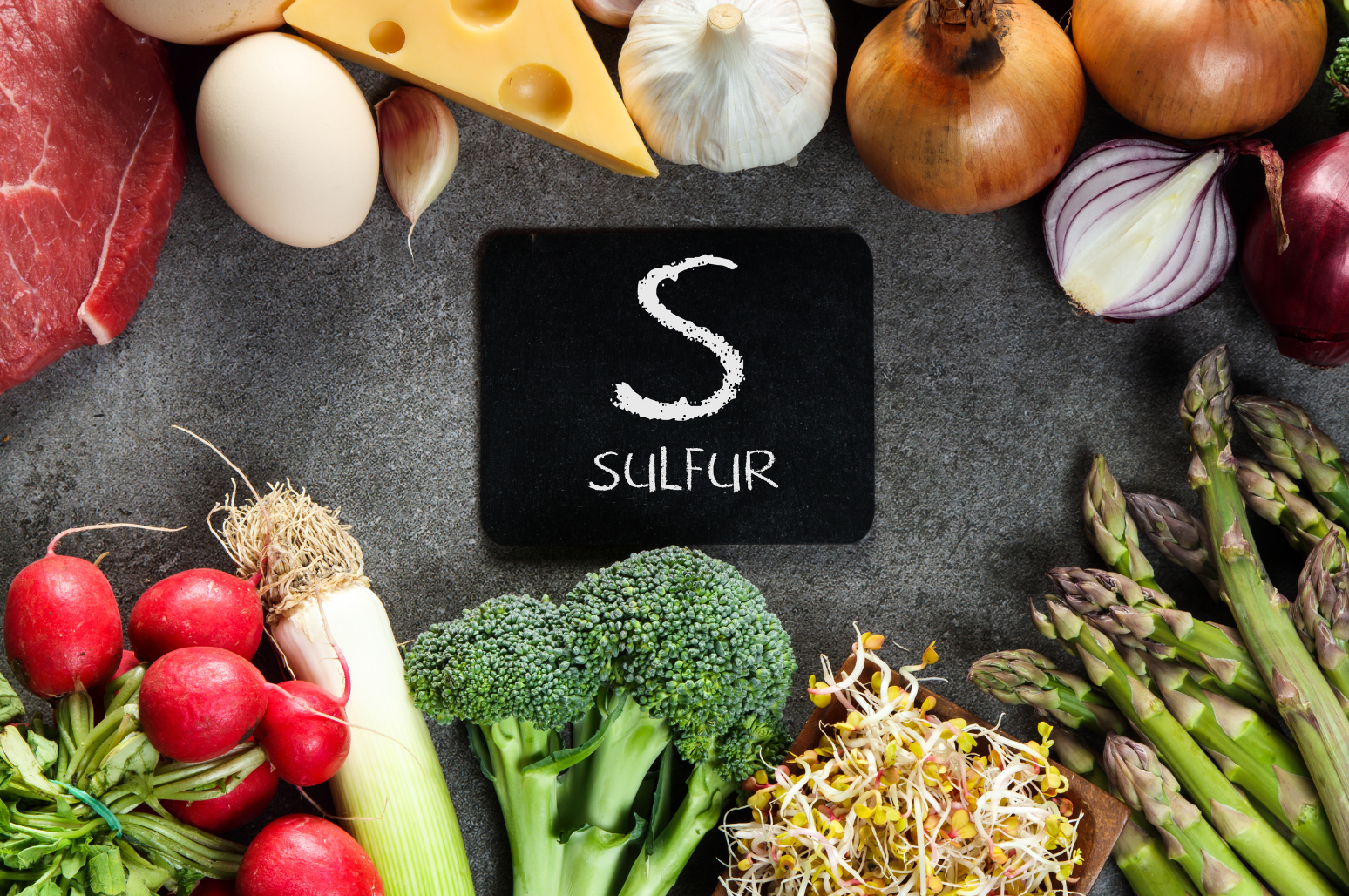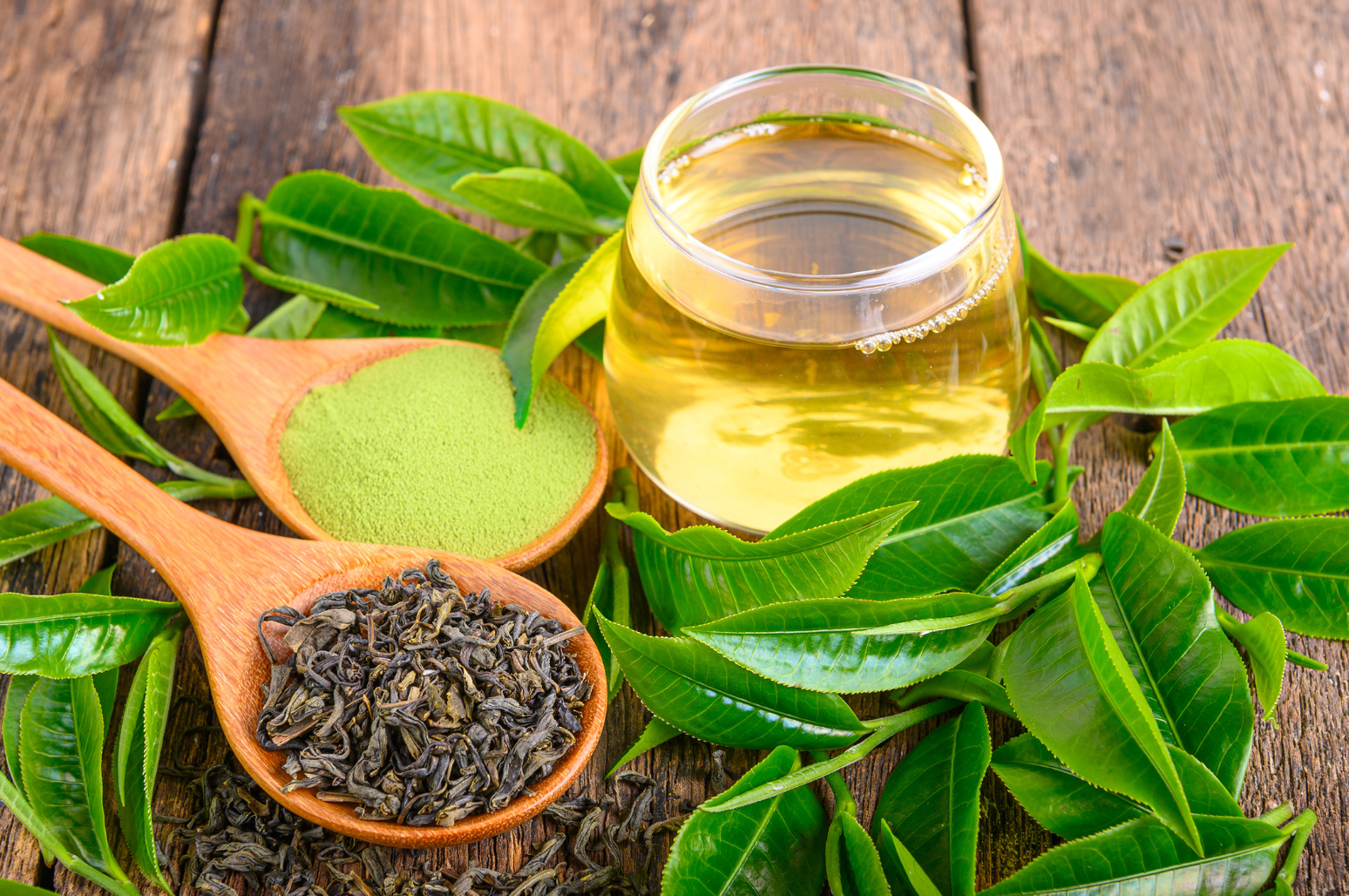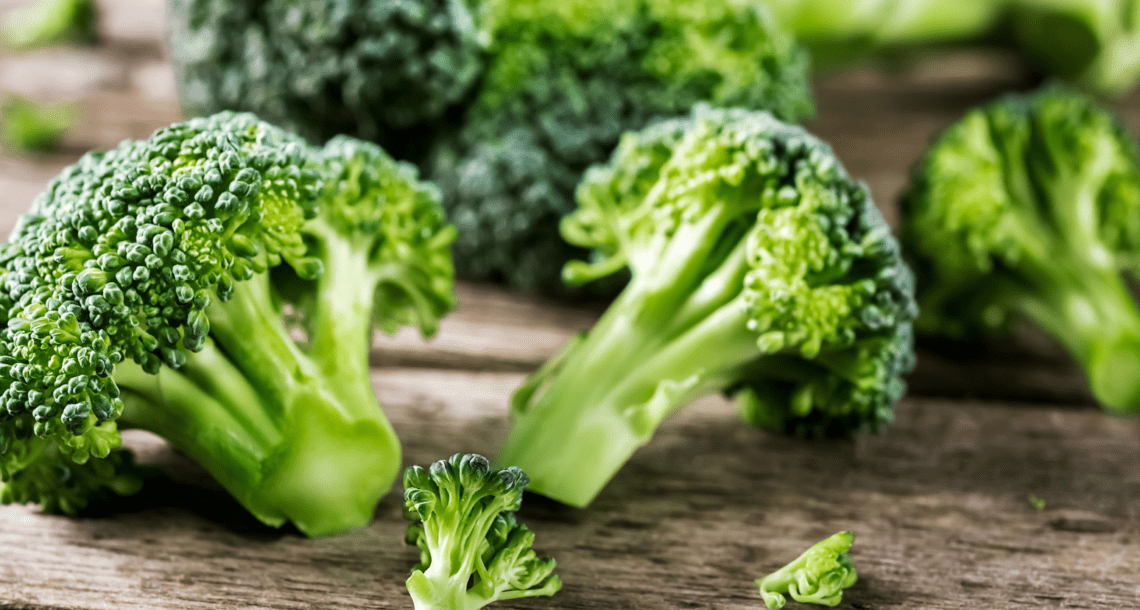
Broccoli looks like little green trees plucked from a vibrant green forest. Some people love broccoli, some don’t, and some are indifferent. No matter what camp you fall into, there’s a consensus that broccoli is a nutritious and keto-friendly veggie that deserves a place on your dinner plate. So, what are the health benefits of broccoli? Let’s discuss the reasons to eat more broccoli on keto!
Broccoli Nutrition Basics

Broccoli (Brassica oleracea) is a low-calorie cruciferous vegetable high in fiber, vitamin C and K, potassium, and more. Broccoli is related to other veggies in the cruciferous family, such as Brussels sprouts and cabbage. You can enjoy broccoli cooked or raw. Newer research reveals that gentle steaming provides the most health benefits [1] [2]
Raw broccoli is mostly water and only 7% carbs, 3% protein, and almost no fat.
91 grams (1 cup) of raw broccoli contains: [3]
- Protein: 2.5 grams
- Fat: 0.4 grams
- Carbs: 6 grams
- Sugar: 1.5 grams
- Fiber: 2.4 grams
- Water: 89%
- Calories: 31
Is Broccoli Keto?
The lower carb count and high fiber content make broccoli a suitable, healthy keto food. With only 3.5 grams of digestible carbs per cup (91 grams), you can chow down on broccoli without worrying about getting bumped out of ketosis!
Enjoy one of these keto recipes featuring broccoli:
What Are the Benefits of Broccoli?
Research is ongoing to discover the plethora of benefits of these crunchy, flavorful little tree-like veggies. Broccoli contains fiber, protein, beneficial plant compounds like quercetin, and important minerals and vitamins, including vitamin C and K1, folate, potassium, iron, and manganese.
Some of the health benefits of broccoli include:
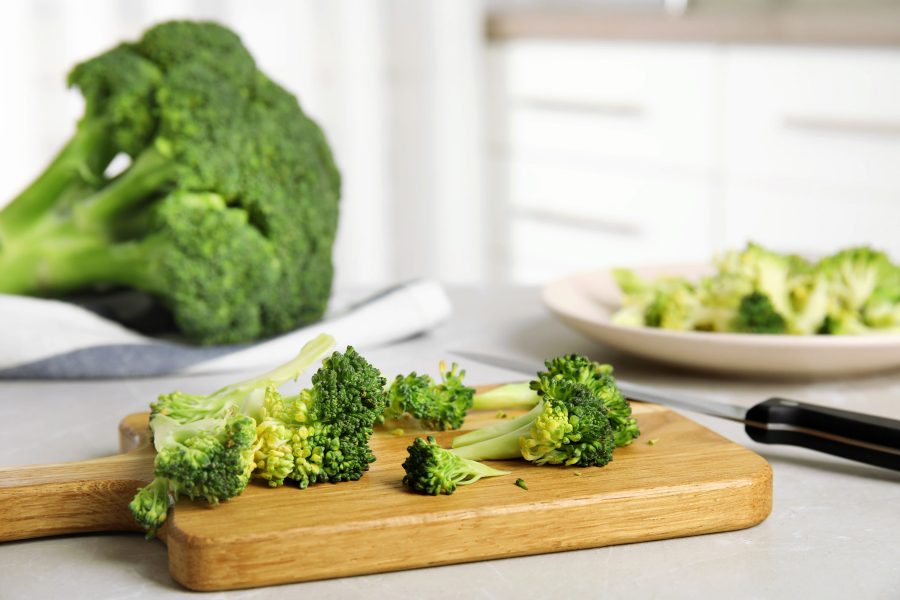
Fiber
The fiber in broccoli promotes gut health, weight loss, and satiety! One cup of broccoli provides 2.4 grams of fiber to nourish your friendly gut bacteria and improve the diversity of your gut microbiome.
Protein
When it comes to plant protein, broccoli contains a decent amount, with around 29% of its dry weight made up of protein. However, due to the high water content, you obtain around 3 grams of plant protein from a 1 cup of broccoli.
Vitamin C
Vitamin C is a powerful immune system booster and antioxidant. A ½ cup (45 gram) serving of raw broccoli gives you near 70% of the daily value of vitamin C. [4] [5]
Vitamin K1
Vitamin K1 isn’t as widely talked about as other vitamins, but it’s important for blood clotting and could foster bone health. [6] [7]
Folate
Folate is especially important for pregnant women, as it supports the baby’s development and growth. Folate is necessary for proper cell function and tissue growth. People with the MTHFR gene mutation might need to focus their diet on obtaining more of this natural folate from healthy foods like broccoli rather than from folic acid–the synthetic version of folate added to many fortified foods like cereal.
Beneficial Plant Compounds
Naturopathic practitioners often recommend quercetin to help treat various ailments. Quercetin is a beneficial antioxidant you can find as a supplement in pills or powdered form or in foods like broccoli. Quercetin has been shown to lower blood pressure in people with high levels.
Improving Eye Health
Broccoli also contains carotenoids like lutein and beta carotene that could contribute to improved eye health. Indole-3-carbinol is a nutrient found in cruciferous veggies like broccoli that could help with cancer. [8]
Reducing Cancer Risk
Cruciferous vegetables contain sulfur and bioactive compounds that have been associated with a reduced risk of various cancers, such as lung, colorectal, and breast cancer. [9] [10] [11]
Decreasing Inflammation and Oxidative Stress
The isothiocyanates in broccoli affect liver enzymes, decrease inflammation, stimulate the immune system, and reduce oxidative stress. [12] [13]
Interestingly, one of the beneficial compounds of broccoli, sulforaphane, is found at 20-100 times higher amounts in young broccoli sprouts compared to full-grown heads of broccoli. [14]
Improving Cholesterol
Compounds in broccoli bind with bile acids in the gut, which increases excretion and prevents them from being reused. The result is a synthesis of new bile acids from cholesterol, decreasing cholesterol levels in the body. This effect has also been associated with a decreased risk of cancer and cardiovascular disease. [15]
References
Yuan, G-F., Sun, B., Yuan, J., Wang, Q-M. (2009). Effects of different cooking methods on health-promoting compounds of broccoli. J Zhejiang Univ Sci B, 10(8), 580-8. DOI: 10.1631/jzus.B0920051
Kahlon, T. S., Chiu, M-C. M., & Chapman, M. H. (2008). Steam cooking significantly improves in vitro bile acid binding of collard greens, kale, mustard greens, broccoli, green bell pepper, and cabbage. Nutr Res, 28(6), 351-7. DOI: 10.1016/j.nutres.2008.03.007
United States Department of Agriculture (USDA). Broccoli, Raw. FoodData Central (usda.gov)
Shaik-Dasthagirisaheb, Y. B., Varvara, G., Murmura, G., Saggini, A., Caraffa, A…Pandolfi, F. (2013). Role of vitamins D, E and C in immunity and inflammation. J Biol Regul Homeost Agents, 27(2), 291-5.
Bugel, S. (2003). Vitamin k and bone health. Proc Nutr Soc, 62(4), 839-43. DOI: 10.1079/PNS2003305
Bolton-Smith, C., McMurdo, M., Paterson, C. R., Mole, P. A., Harvey, J. M., Fenton, S. T…Shearer, M. J. (2007). Two-year randomized controlled trial of vitamin K1 (Phylloquinone) and vitamin D3 plus calcium on the bone health of older women. Journal of Bone and Mineral Research, DOI: 10.1359/JBMR.070116
Fekete, K., Berti, C., Trovato, M., Lohner, S., Dullemeijer, C., Souverein, O. W., Cetin, I., & Desci, T. (2012). Effect of folate intake on health outcomes in pregnancy: A systematic review and meta-analysis on birth weight, placental weight, and length of gestation. Nutr J, DOI: 10.1186/1475-2891-11-75
Tang, G. (2010). Bioconversion of dietary provitamin A carotenoids to vitamin A in humans. American Journal of Clinical Nutrition, 91(5),1468S-1473S. DOI: 10.3945/ajcn.2010.28674G
Drewnowski, A., & Gomez-Carneros, C. (2000). Bitter taste, phytonutrients, and the consumer: A review. American Journal of Clinical Nutrition, DOI: 10.1093/ajcn/72.6.1424
Beliveau, R., & Gingras, D. (2007). Role of nutrition in preventing cancer. Can Fam Physician, 53(11), 1905-11.
Verhoeven, D. T., Goldbohm, R. A., Poppel, G. V., Verhagen, H., & Van Den Brandt, P. A. (1996). Epidemiological studies on brassica vegetables and cancer risk. Cancer Epidemiol Biomarkers Prev, 5(9), 733-48.
Kim, M. K., & Park, J. H. Y. (2009). Conference on ‘multidisciplinary approaches to nutritional problems’: Symposium on ‘nutrition and health’ Cruciferous vegetable intake and the risk of human cancer: Epidemiological evidence. Proc Nutr Soc, 68(1), 103-10. DOI: 10.1017/S0029665108008884
Figueiredo, S. M., Filho, S. A. V., Nogueira-Machado, J. A., & Caligiorne, R. B. (2013). The anti-oxidant properties of isothiocyanates: A review. Recent Pat Endocr Metab Immune Drug Discov, DOI: 10.2174/18722148113079990011
Fahey, J. W., Zhang, Y., & Talalay, P. (1997). Broccoli sprouts: An exceptionally rich source of inducers of enzymes that protect against chemical carcinogens. Proc Natl Acad Sci U S A, DOI: 10.1073/pnas.94.19.10367
Kahlon, T. S., Milczarek, R. R., & Chiu, M-C. M. (2012). In vitro bile acid binding of mustard greens, ale, broccoli, cabbage, and green bell pepper improves with sauteing compared with raw or other methods of preparation. Food and Nutrition Sciences, 3(7), DOI: 10.4236/fns.2012.37126

